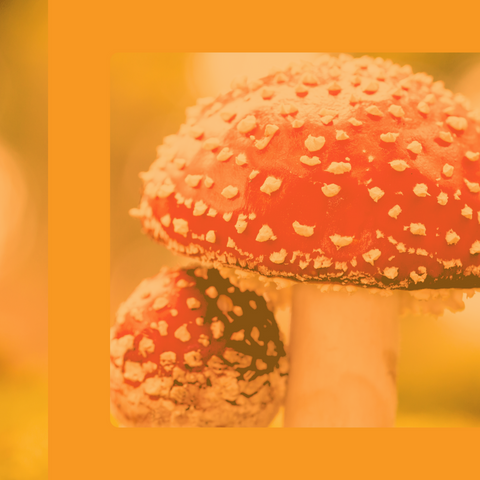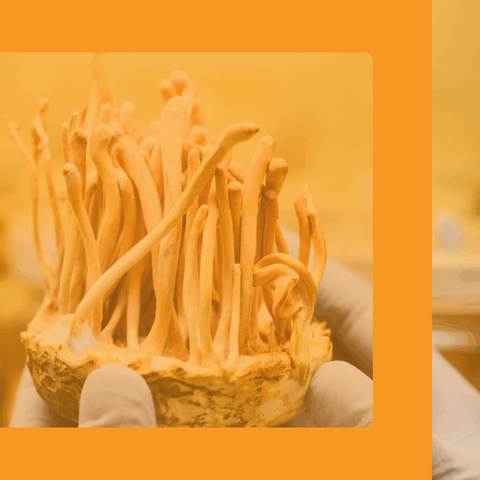Learning & education: Mushrooms

Imagine a beautiful mushroom. Do you see a dome-shaped cap atop a slender stem? Visualize the cap’s color. Is it, perhaps, a deep red adorned with white dots?
If so, you have envisioned the most commonly portrayed mushroom in mainstream culture Amanita muscaria, commonly known as the fly agaric.

Cordyceps is a genus of fungus that includes more than 500 described species. The name Cordyceps originates from the combination of two words: Kordyle, meaning “club” in Greek; and the stem ceps, meaning “head” in Latin. These fungi have a worldwide distribution and are prevalent in humid temperate and tropical forests, acting as endoparasites that infect insects, other arthropods, and even other fungi [1].

Mushrooms have been consumed as part of the human diet as a food source for many centuries [1], yet “mushroom nutraceuticals” are only a recent development [2]. These products use mushroom-derived agents to promote health and wellness. Of these, the most extensively studied pharmacologically active components are polysaccharides and polysaccharide-protein complexes, triterpenes, lectins, and fungal immunomodulatory proteins [3].
